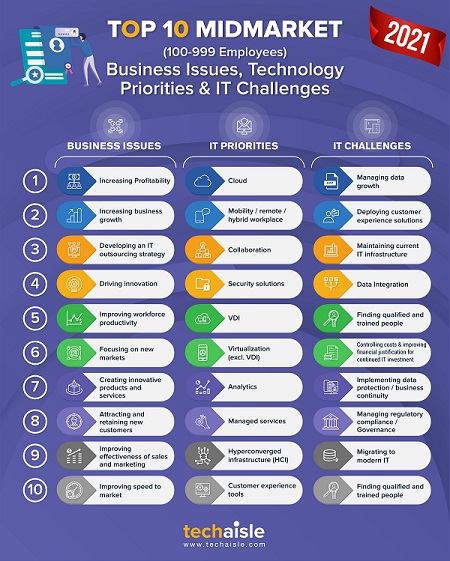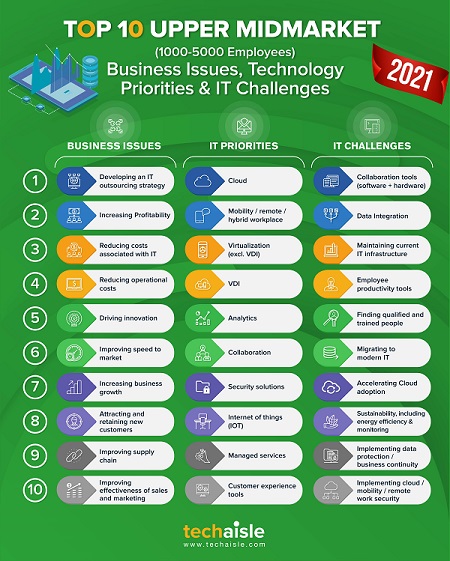There is no doubt that Amazon AWS has been a cloud leader since 2006. Channel partners are an essential cog in the wheel of success. The AWS Partner Network (APN) is the umbrella under which its global community of partners builds solutions and services for their customers. Over the years, APN has evolved to include an MSP program, distribution program, marketplace channel program, and partner transformation program, amongst many others. Despite the evolution, AWS is not particularly well-known for its partner program, except if the partner is a significant consulting partner such as Accenture, Deloitte, Mphasis, and several others or a technology partner of size, stature, and brand recognition. However, the AWS Partner Network (APN) does include more than 100,000 Partners from more than 150 countries, with almost 70% headquartered outside of the US.
Over the last decade, there has been an industry-wide change in engagement models to support smaller channel partners. Except for top-tier partners, vendors have distanced themselves from direct oversight of channel marketing initiatives, relying on distributors to manage market development resources. The changes have made it more difficult for channel organizations to maintain predictable operational arcs. They have also made it more difficult for vendors to build and nurture high-performance partner networks. As a result, almost every week, we field two questions from the channel partner community. 1/ Does AWS have a partner program for the midsized to smaller partners? 2/ How does its program differ from Microsoft's (and increasingly from Google Cloud) channel partner initiatives?
The questions and reality are on parallel tracks. The overwhelming majority of AWS partners are smaller businesses. AWS has intentionally designed the entry point of its programs to be inclusive of small businesses. For example, consulting or SI partners only need four trained employees, two certified employees, and three engagements with customers. ISVs only need to complete a Foundational Technical Review.
Sandy Carter, Vice President of worldwide public sector partners and programs at Amazon Web Services (AWS), is transforming the program to be inclusive and diversified, at least for the partners focused on the worldwide public sector – government, healthcare, education, not-for-profit, space, federal financials, and energy. Mission, modernization, and migration are the three pillars of partner enablement and empowerment. Mission is not about simply migrating something over or performing an IT function; it is about delivering a business value for the organization, agency, state, or country. There are many examples, such as digitizing a hospital, leveraging supply chain technology to get food to the right place, or leveraging AWS technology to deliver vaccines. Modernization for AWS is about using artificial intelligence, machine learning, and IoT. Finally, migration is more wide-ranging than the other two, with three converging tracks – application migration, mainframe migration, and data-led migration.


















